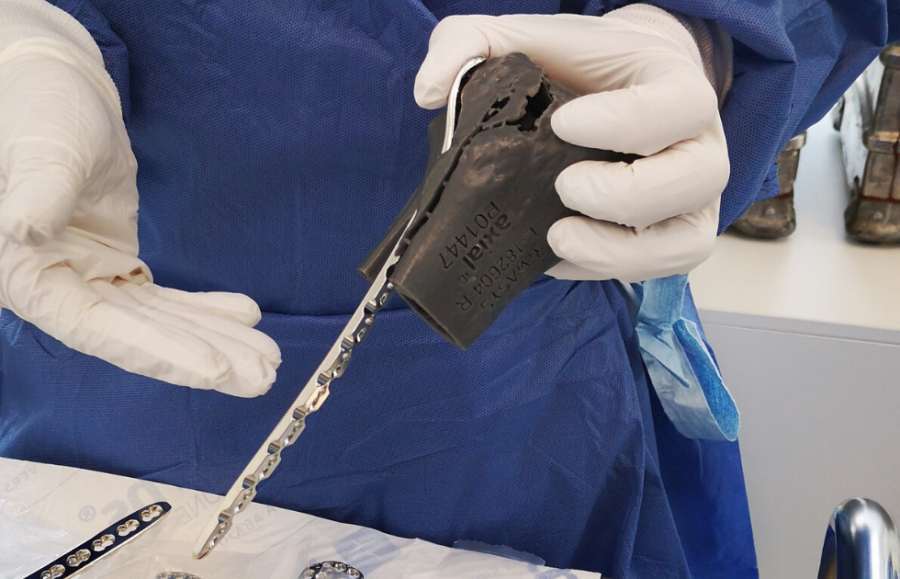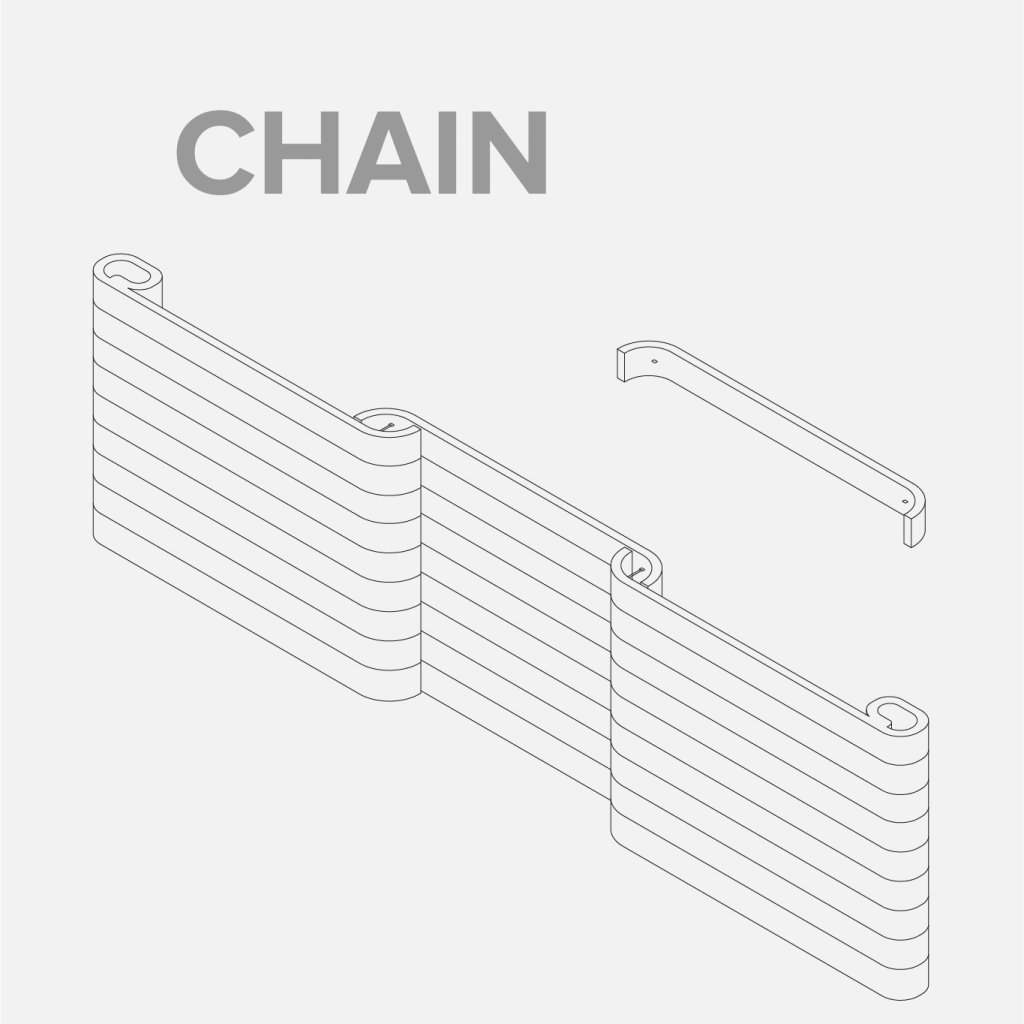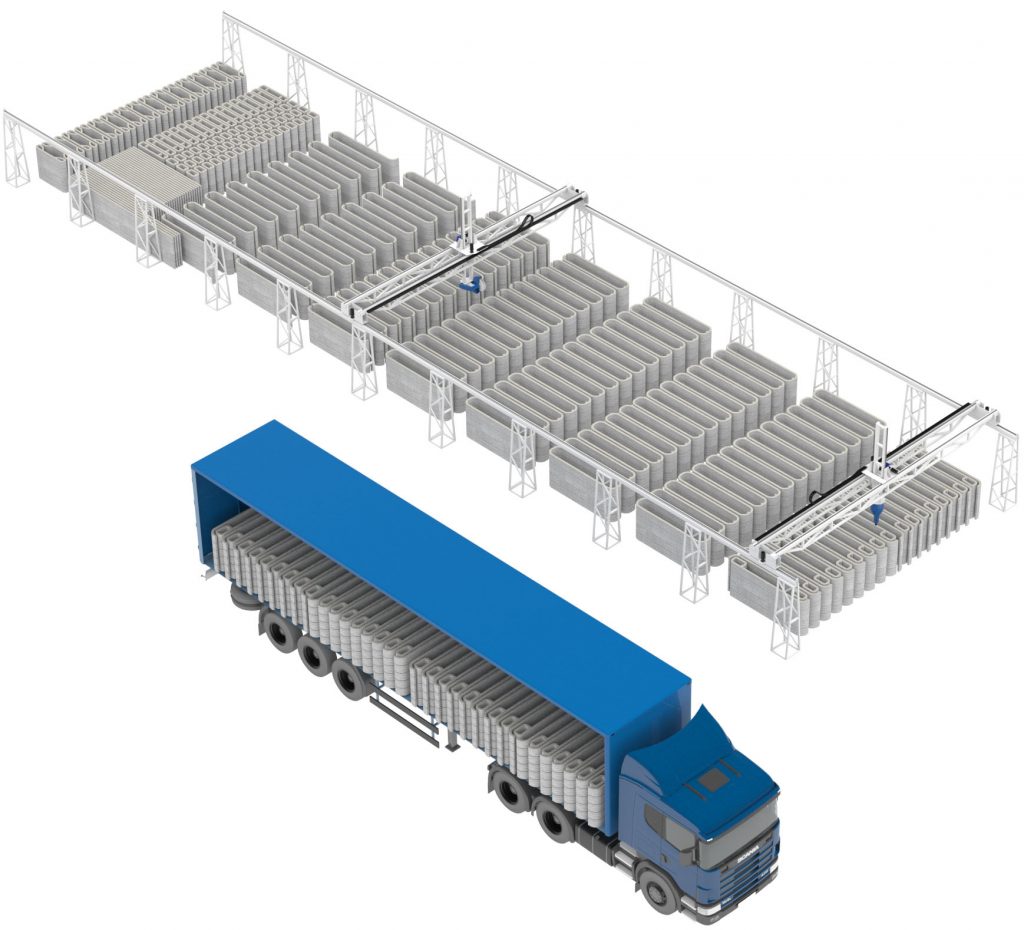The last couple progress blogs have been videos outlining how to 3D print things, showing what you can print with low or no talant/skill in the field. I figured I would use this weeks post to explain WHY 3D printing is important to not only the future of tech, but fields such as construction, medicine, and future robotics engineering.
Accoring to Investopedia “Three-dimensional (3D) printing is an additive manufacturing process that creates a physical object from a digital design. The process works by laying down thin layers of material in the form of liquid or powdered plastic, metal or cement, and then fusing the layers together.”(Investopedia, https://www.investopedia.com/terms/1/3d-printing.asp).
When people think of 3D printing they invision little miniature, like the ones I was printing for the Youtube videos that last few weeks, and other knick knacks used for household decorations. The world is on the presipice of integrating that same technology used for menial printing for personal use into most professional fields, and students should have access to this tech earlier so they have a greater chance of taking advantage and advancing its applications in the future.
3D printing in Medicine
https://formlabs.com/blog/3d-printing-in-medicine-healthcare/This article is slightly outdated (printing 2 years ago) and even it has revolutionary applications that will help patients recieve a greater degree of care while in hospitals.

1.) Patient-specific surgical models – Have you or any of your family members had to recieve a repairative surgery? Great, this example is for you. 3D printing allows doctors (once they are trained) to scan and print bones and organs into a resin so the patient can physically hold what they are going to have repaired. This allows for the doctor to easily explain the precedure, better explain recovery techniques, and take the patients imagination out of the equation to lower pre-surgery anxiety.
2.) New medical devices and instruments – The most notable aspects of having medical professionals be adept in 3D printing is that A.) It will allow medical offices easily create patient-specific medical prototypes in-house, and B.) It will significantly reduce the price of medical prototypes, as much as 70% according to Alex Drew (a mechanical project engineer at DJO Surgical, a global provider of medical devices.) (reference https://formlabs.com/blog/3d-printing-in-medicine-healthcare/).
3.) Affordable, envelope pushing prostheses – There is no reason for prosthetics to cost an arm or a leg. Here is a very short video of $50 prosthetic hand vs a $42,000 one..
There are many other current applications, such as 3D printing Biofilm to use as skin graphs or printing the perfect orthopedic insole, to speak about, however the potential future applications are what get me excited. Teaching students how to utilize this tool earlier could evolve the medical field.
3D printing in engineering and construction.
Would you believe me if I told you that in the future houses could be 3D printed with construction material? Well, I’ll save you the suspense. It is already happening, and has been happening for years.
Lets assume you already own a house, this might get you excited. Although there is no mass production yet, 3D printed fences are becoming more and more popular and readily accessible.
Teaching students about this tehnology earlier in their development will allow them to find and develop new applications for it, opening up new doorways for themselves and society in general. Outside of professional applications, the most exciting part of 3D printing is that it reduces barriers to entry for product development. Kids, adults, and hobbyists can all produce their own personal products from the comfort of their own home.


